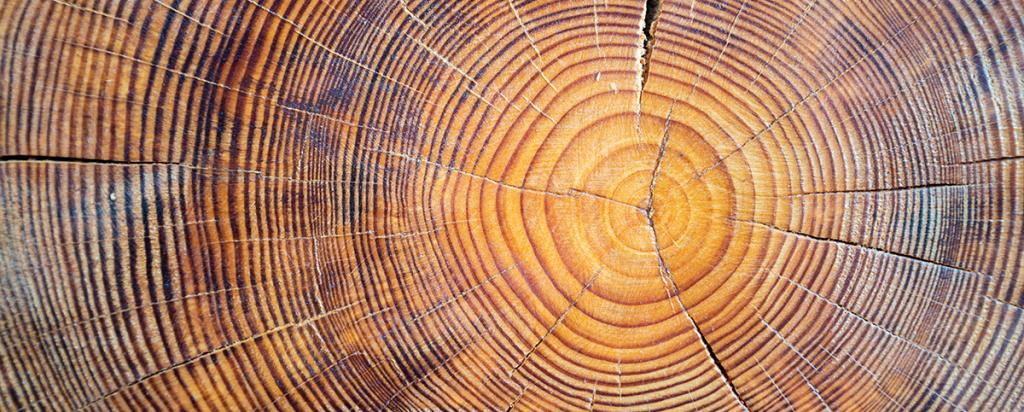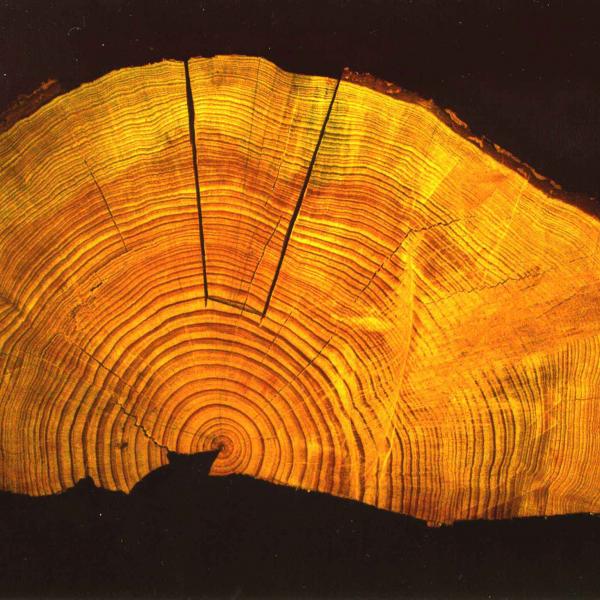

Published on the 14th August 2020 by ANSTO Staff
Key Points
-
A new version of the radiocarbon calibration curve for the Southern Hemisphere, Northern Hemisphere and marine environment will bring enhanced accuracy in establishing ages and reconstructing environmental information
-
A calibration curve is needed because radiocarbon ages are not equivalent to calendar years
-
ANSTO scientist Dr Quan Hua contributed to the publication of the revised curve for the Southern Hemisphere
The technique of using radiocarbon to establish the age of artefacts and other samples as well as to provide insights on climate, has just been updated with the publication of the new radiocarbon curves for the Southern Hemisphere, Northern Hemisphere and marine environment.
This new versions of radiocarbon calibration has profound importance for the scientific accuracy of estimated ages and reconstructing environmental information.
ANSTO’s Dr Quan Hua, a co-author on the Southern Hemisphere paper published in a Special Issue of the journal Radiocarbon has contributed to the publication with a large group of international collaborators led by Prof Alan Hogg at the University of Waikato.
Hua has extensive experience in the use of radiocarbon in understanding the carbon cycle, in particular, in the tropical and sub-tropical areas where Northern and Southern Hemisphere air-mass mixing occurs as a result of monsoon activity.
“You need a calibration curve because radiocarbon ages cannot provide an exact chronology. The result has to be converted to calendar years through age calibration,” said Hua.
The Southern Hemisphere curve, known as SHCal20, provides a plot of radiocarbon measurements on independently dated samples and archives from this hemisphere. It was last published seven years ago.
The Northern Hemisphere has its own calibration curve known as IntCal20. This curve together with the new Marine calibration curve (Marine20) for marine samples were also published in a Special Issue of Radiocarbon.
The new calibration curves, statistical plots of data from environmental proxies, accounts for temporal fluctuations in the amount of radiocarbon in the atmosphere of each hemisphere or in the surface ocean.
They were produced using thousands of data points from environmental proxies, primarily tree rings, but sediment, coral, and speleothem samples were also included.
It enables scientists to provide an age range with a potential margin of error in a date.

ANSTO scientists who are among the experts in the use of radiocarbon (left to right) for dating and reconstructing landscape, Dr Andrew Smith, Dr Vladimir Levchenko and Dr Quan Hua
The main source of environmental proxies for the curves is tree rings, which can be dated with great accuracy using ring-width patterns (dendrochronology).
“Most of the tree-ring data used for the construction of the youngest portions of both IntCal20 and SHCal20 is from the temperate zones of both hemisphere, and the question is ‘what curve should you use for the tropics and sub-tropics?’” said Hua.
“A mixed curve can be used for these regions, because they are places where there is a mixture of the two air masses from the monsoons,” said Hua,
The calibration curves were revised as thousands of new data records from environmental archives became available and a better understanding of earth systems took place.
The determination of the amount of carbon-14 in the atmosphere or the ocean is not trivial and is impacted by fluctuations in carbon production rates due to variability solar activity, changes in the Earth’s magnetic field and changes in the carbon cycle , such as variations in ocean circulation and volcanic eruptions,among other factors.
The new calibration curves are expected to have an impact on the estimated ages of archaeological samples.
These curves also extend the use of radiocarbon dating to 55,000 years, which is five thousand years earlier than the previous update.
As well as Dr Hua, a large number of scientists at ANSTO are experts in radiocarbon dating using accelerator mass spectrometry. Dr Andrew Smith and the team have developed a technique to measure radiocarbon in samples containing minute amounts of carbon.
Other institutions have contributed to the publication led by the University of Waikato NZ, including University of New South Wales, University of Sheffield UK, University of California Irvine US, Historic England, University of Auckland, University of Oxford UK, University of Arizona US, James Cook University, Queens University Belfast UK, and the Laboratory of Ion Beam Physics Switzerland.


